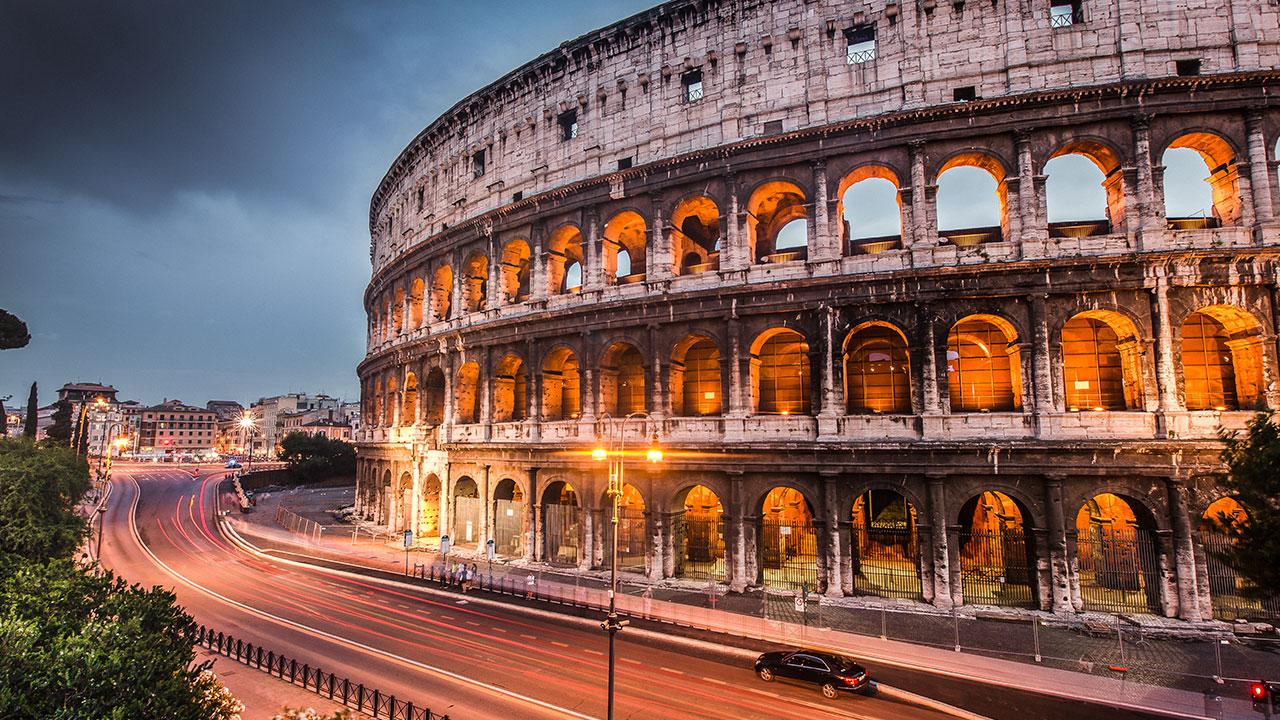
Education System in Italy
The Education System in ItalyItalian universities are among the oldest universities in the world. As part of the education system in Italy, most teaching takes place in large lecture halls, depending on the specific course. Students are also expected to complete a considerable amount of self-study hours outside the classroom in order to prepare for examinations.
Higher education examinations are held after the teaching period and are mainly oral, although some courses in Italy also require written tests. Each examination is offered on several dates from which students can choose. Students are also entitled to turn down a mark and re-take the examination if they are not satisfied with their first result.
The academic year is made up of two semesters. The first semester starts in September/October and ends in January/February. The second semester starts in February and ends in July. The actual start and finish dates of degree programs in Italy vary in every university, but each academic semester lasts for roughly 20 weeks, made up of a 14-week teaching period and a 6-week examination period.
Types of schools
Based on the Bologna Process, education system in Italy was reformed in 1990 to create a compatible system of education throughout Europe. Since then, Italy has implemented a 3-cycle system consisting of the following:
- First Cycle: Bachelor degrees (3 years) and single-cycle degrees
- Second Cycle: Master degrees (2 years) and 1st level vocational masters
- Third Cycle: Doctorate (5-6 years) specialization school and 2nd Level vocational masters
- The education system in Italy is structured in a binary system consisting of two main articulations: the university sector and the non-university sector.
UNIVERSITY SECTOR
The university sector is made up of 89 university institutions classified within the following categories:
- 58 state universities – public entities endowed with scientific, teaching, managerial, financial and book-keeping autonomy
- 17 non-state universities – legally recognized by the state
- 2 universities for foreigners – specialized in teaching/ research for development of Italian language, literature, culture
- 6 higher education schools – specialized in postgraduate university studies
- 6 telematic universities
NON-UNIVERSITY SECTOR
The non-university sector includes four education typologies and their education institutions:
- Higher schools of design: polytechnics for the arts, academies of fine arts, national academies, higher institutes or applied arts, higher institutes for musical & choreographic studies
- Higher integrated education (FIS): programs of higher technical education & training (IFTS)
- Higher education in language mediation: education institutions for language mediators
- Specific fields (e.g. archiving, military studies, restoration)
